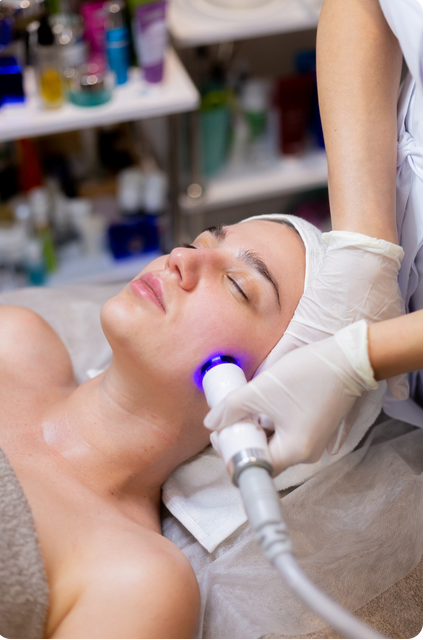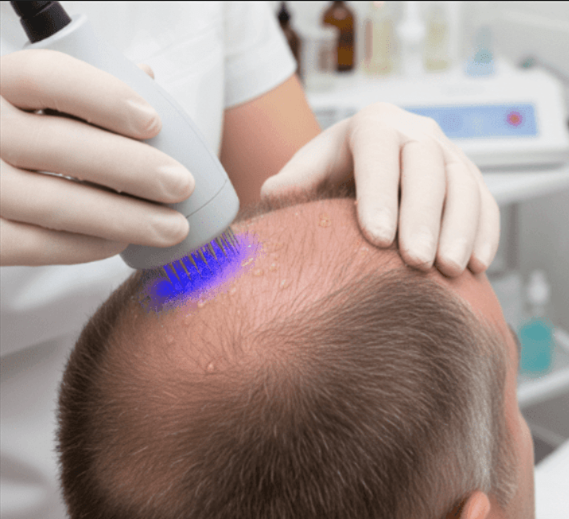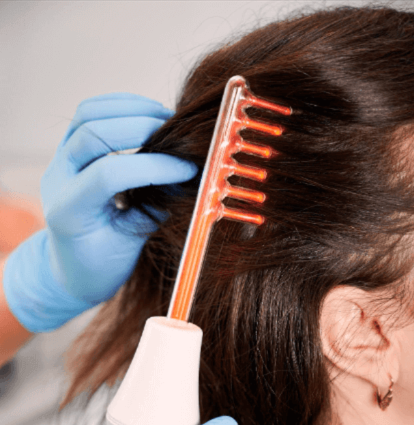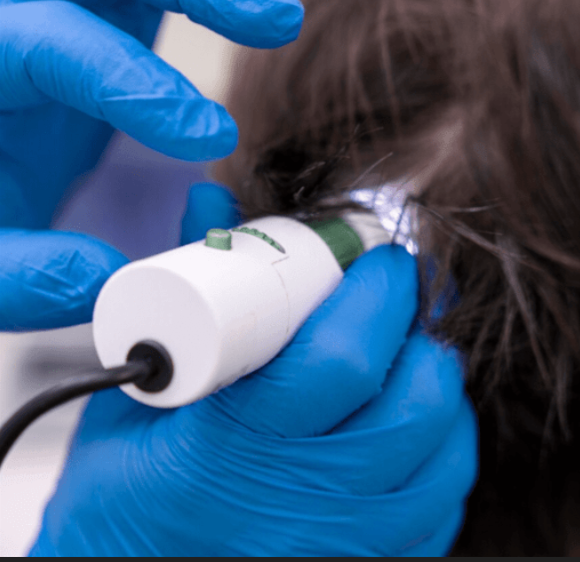If you’re planning to visit Korea for Pico Laser pigmentation removal, you’re probably wondering: How long should I stay after the treatment? The answer depends on your skin type, the severity of your pigmentation, the number of sessions planned, and whether you’re combining treatment with sightseeing.
Here’s a complete breakdown to help you plan your ideal length of stay in Korea after a Pico Laser procedure—balancing skincare recovery with travel comfort.
🕒 Typical Recovery Timeline After Pico Laser Treatment
Pico Laser is a non-ablative, low-downtime treatment, meaning most patients experience minimal redness and no peeling or open wounds. Still, the skin goes through a short period of adjustment and healing.
| Timeline | What to Expect |
|---|---|
| Day 1 (Treatment Day) | Mild redness, warm sensation (like a sunburn); usually subsides in 3–6 hours |
| Day 2–3 | Slight darkening of pigmented spots (this is normal) and mild dryness or flaking |
| Day 4–7 | Gradual fading of pigmentation; skin tone starts to look clearer and more even |
| Week 2+ | Visible improvement continues; best results often appear after 2–4 weeks |
Recommended Stay Duration Based on Your Treatment Plan
✅ Option 1: Single Treatment Session
- Recommended stay: 2–4 days
- Ideal for: First-time visitors or travelers with mild pigmentation
- Why: You can arrive, receive a consultation and treatment on Day 1, rest on Day 2, and resume tourism or depart by Day 3 or 4. Redness usually disappears within 24 hours.
✅ Option 2: Two Sessions (Spaced Days Apart)
- Recommended stay: 5–7 days
- Ideal for: Moderate pigmentation or those wanting faster results in one trip
- Why: Many clinics offer a second session or follow-up treatment (e.g., hydration facial, LED therapy) 3–5 days after the first. Staying a full week allows your skin to calm and for a professional recheck.
✅ Option 3: Full Skin Program or Package
- Recommended stay: 7–10 days+
- Ideal for: Melasma, stubborn pigmentation, or patients combining laser with injectables or toning
- Why: Some clinics offer combination therapy protocols over multiple visits. A longer stay allows better recovery and ensures optimal skin monitoring.
🧳 What Can You Do While Healing in Korea?
Even while your skin is recovering, you can still enjoy your trip—just avoid direct sun and heat exposure.
Safe activities during post-laser recovery:
- Shopping in indoor malls (e.g., COEX, Lotte World Tower)
- Visiting museums or themed cafés
- Exploring historic sites early in the day (wearing sunscreen and hat)
- Enjoying Korean food at shaded or indoor venues
- Getting a calming facial (ask clinic first)
🚫 Avoid for the first 3–5 days:
- Saunas, jjimjilbang (Korean spas)
- Intense exercise or hiking
- Long hours in the sun without UV protection
- Harsh exfoliation or active skincare ingredients
💡 Pro Tips for Tourists Receiving Pico Laser in Korea
- Schedule treatment early in your trip – so you have recovery time before flying back.
- Bring a hat, sunscreen (SPF 50+), and gentle skincare – post-treatment skin is more photosensitive.
- Plan indoor activities during the first 1–3 days – let your skin heal away from heat or pollution.
- Choose a hotel near the clinic – makes post-treatment rest and follow-ups easy.
- Ask the clinic for a doctor’s note or certificate – some countries offer tax refunds or insurance reimbursement for medical travel.
📅 Sample Itinerary for a 1-Week Pico Laser Trip
| Day | Activity |
|---|---|
| Day 1 | Arrive in Seoul, initial consultation |
| Day 2 | Pico Laser treatment, rest at hotel |
| Day 3 | Gentle sightseeing (museums, cafes) |
| Day 4 | Optional hydration facial / LED light therapy |
| Day 5 | Shopping or indoor exploration |
| Day 6 | Follow-up consultation or second session (optional) |
| Day 7 | Depart from Korea |
🧴 What to Pack for Your Post-Laser Recovery in Korea
- ✅ Wide-brimmed hat or umbrella
- ✅ Sunglasses
- ✅ Mineral-based sunscreen (SPF 50+)
- ✅ Gentle cleanser & fragrance-free moisturizer
- ✅ Sheet masks with soothing ingredients (aloe, centella asiatica)
- ✅ No-exfoliation skincare for at least 5–7 days
Final Thoughts
For most tourists, a 3–7 day stay in Korea after Pico Laser treatment is ideal—long enough to let the skin calm and receive follow-up care, yet short enough for a convenient vacation. Whether you’re targeting sunspots, melasma, or acne pigmentation, Korea offers safe and expert solutions that fit into your travel schedule.




